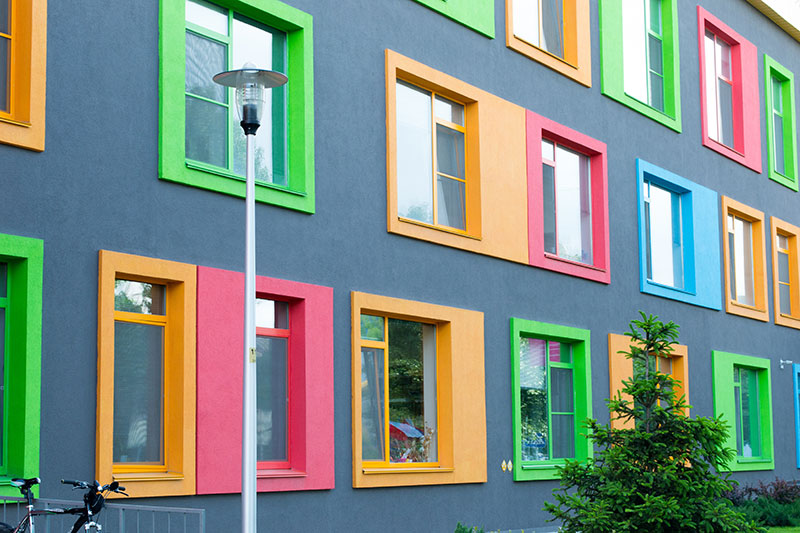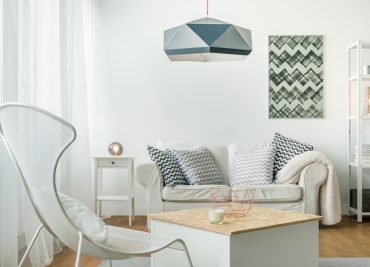What’s the first thing a visitor to your home sees? The exterior of your home makes the first impression, and it stands to reflect yourself and your neighbourhood too.
Changing the colour scheme of your home is one of the easiest and most affordable ways to make it look great. The only problem? There are millions of colours to choose from!
This blog is all about helping you settle on the perfect palette for your home.
Find help from the structure of your home
One of the easiest ways to come up with a palette is to take hints from the structure of the house itself. Does your home have a noticeable architectural style that’s associated with a traditional colour scheme?
For example, Craftsman houses historically feature complementary earth tones. Victorian style homes are traditionally painted light blue-greys and creams, with deeper colours on the lacework.
Take inspiration from the surrounding landscape
Don’t forget to consider the landscape surrounding your home when choosing paint colours. If you live in an area with lush green trees and climbing ivy, consider complimenting that green with a brick red accent colour to help the house stand out and increase the vibrancy of the surrounding plants.
If you live on a waterfront property, take cues from the beach in creating a breezy, Mediterranean palette full of creams and blues. Think of the prominent colour in your home’s landscape as part of the palette itself.
Give yourself options
Once you have some idea of what you want, choose at least three colours. A three-colour palette is just enough to give the home some dimension. Just make sure that you are strategic about the colours you pick.
Choose a field colour, which is the main colour of the house. Next choose a colour for the trim. It’s a good idea for the trim to sit in high contrast with the field colour. Finally, choose an accent colour for the door and window frames. Bold colours do well as accents, adding an exciting element to the exterior of the house. But be careful! Don’t go TOO bold!
If you’re going colourful, go complementary
If two of the paints you’re using are really colourful, it would be wise to ensure that they’re complementary. To be complementary means to sit opposite from each other on a colour wheel.
Don’t go too bright!
For example, if you’ve chosen green for the field colour and red for the accent, opt for a muddy brick red and a forest green to prevent the colours from being too loud. If you’re using colourful accent and field paints like this, it’s probably best that your trim paint is neutral, like classic white or cream.
Test the paint in-situ
You may have a general colour scheme in mind at this point. To translate this idea into an actual palette, though, is another story. Fortunately, most paint brands will supply you with loads of pre-arranged palettes, so you can pick one out and be sure that you’re investing in hues that work well together.
Before you go all in, it’s highly recommended to test the paint on your house. Buy a small can of each colour in your palette, and test it out on a small section of the area where it’s to be used. You’ll find that once the paint is actually on your house, it may look a bit different from how it did on the paint sample.





